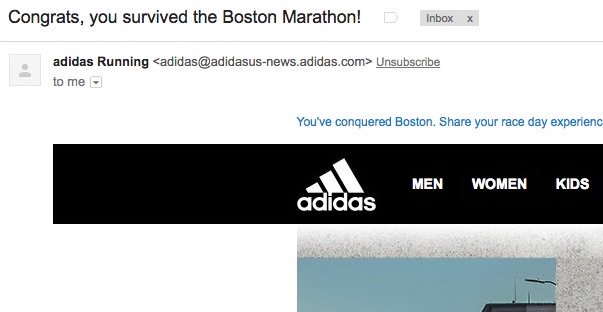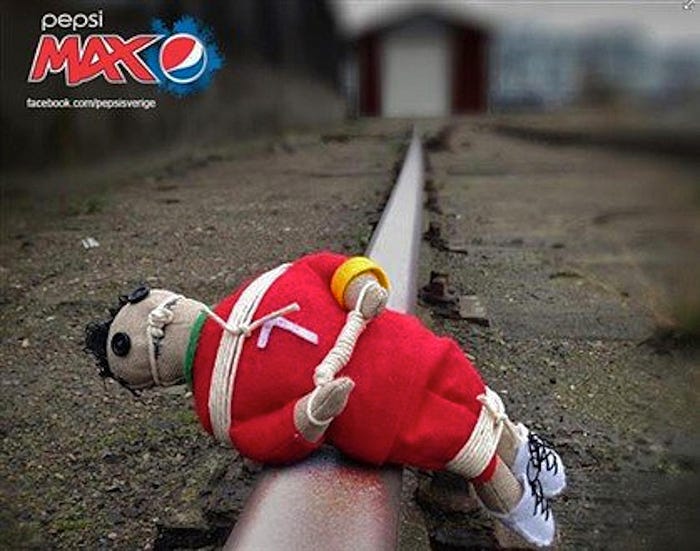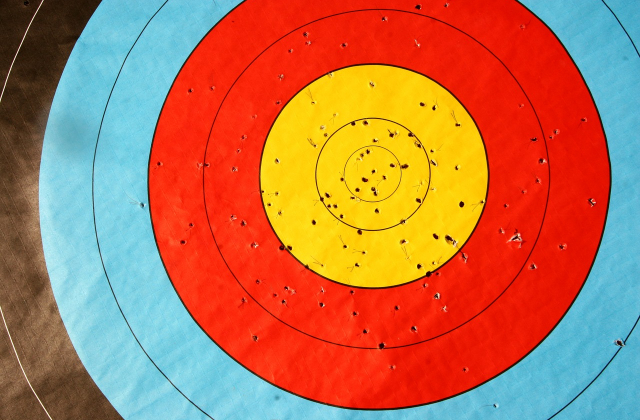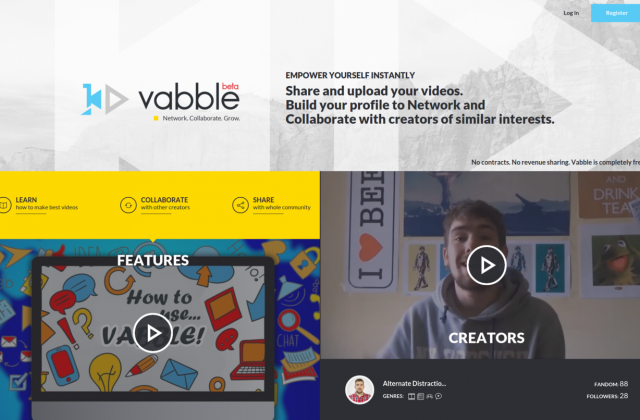Contrary to received wisdom, social media isn’t always a good idea for business. In other words, jumping onto Facebook, Twitter, Instagram, or whatever else isn’t an absolute must – can actually harm your business by wasting your time, confusing your customers and so on.
Without a well planned and implemented social media strategy, a badly executed attempt to engage with such media is almost always going to do more harm than good – even if only in the sense that you waste your valuable time. This can be especially problematic once you start investing money in social media campaigns. If they are badly conceived, they are bound to end up being rather aimless and, after an initial spurt of activity, slowly trail off as the ideas and content for a sustained presence are found wanting.
In the end though, all of these mistakes result in the same end product – a social media campaign that is static, uninteresting, and therefore ineffective. In other words, a Facebook page that is run like a web 1.0 website might have been – rather than a fluid source of content with which users engage with on a regular basis – something absolutely crucial to the establishment of a relationship with your business (and the whole point of social media campaigns in the first place).
By not having a proper social media strategy, you can seriously harm your business. But, what happens when you make a big mistake on social media or when you need to handle backlash?
One of the most interesting challenges posed by social media nowadays is that of the online viral backlash, be it a sustained campaign of Twitter grumbling, a brand-deflating Youtube clip, or even something like the bad Facebook press Gap’s new logo attracted within hours of being launched. In these situations, while the fundamental issue is age-old – a sufficiently unhappy customer will understandably criticise and badmouth the brand that has given them a poor service – the dynamics of how this plays out are drastically different than they were ten, or even five years ago.
The key variable which has been altered by the advent of social media is the one relating to how an unhappy customer can influence other existing, and future potential, customers.
Whereas once upon a time companies had the luxury of weeks to contemplate how to rectify a complaint as letters went back and forth (maybe to a newspaper consumer rights group in the most severe of cases), there was never a real sense of urgency being absolutely essential in dealing with the issue.
Long gone are those days however, giving way to the age when a shoddy product or service can be publicised and shared by hundreds, even thousands of people, instantly. To compound the problem, a thoughtless or misconceived response can often make things instantly worse (this is actually how most PR fiascos begin – with the poor treatment of a complaint, not with the ‘first offence’ so to speak). Making the right choices for dispute resolution is a much more high-pressure process than it used to be, with hours and days being the crucial time factors, and not weeks or months as before.
Now, even if you have a pretty well-oiled business, with expert customer care and well-trained staff, it is nonetheless likely that at some point a customer will be left, in the very least, dissatisfied with the service received. The question becomes how to deal with this potential PR disaster knowing that, with each day it is left unresolved, it is likely to get much more problematic.
With that in mind, take a look at some of the most popular examples, detailing the various approaches taken by a number of big-name brands when dealing with an unhappy customer with a Twitter/Facebook/Youtube etc account. Some of the spats are so high-profile you’ve probably come across them before, but it’s nonetheless valuable to compare exactly how each backlash was caused, the ways in which it snowballed – and ultimately the manner in which it was tackled.
#1 Adidas insensitive email subject line
The Boston Marathon is one of the biggest sporting events in the world and Adidas was one of the official sponsors in 2017. Once the race was over, the Adidas team sent out an email that contained the subject line: Congrats, you survived the Boston Marathon!
This insensitive subject line provoked a furious backlash because in 2013, two bombs exploded near the finish line, killing three people and injuring 260. Adidas issued an apology, but the backlash remained since many thought that it came too late.

#2 Pepsi voodoo ads
Another sporting event that attracts a lot of attention is the World Cup. When Portugal played against Sweden, the Sweedish Pepsi advertising branch created a number of ads in which Cristiano Ronaldo’s (a Portugal footballer) voodoo doll was used in a number of painful poses. In some of them the doll was tied to a train track, covered with needles or smothered with a Pepsi can.
Pepsi responded by pulling the ads and issuing a statement where they apologized, but Ronaldo’s fans weren’t satisfied.

#3 Coca-Cola upsets both Russia and Ukraine
Coca-Cola Christmas ads are famous for delivering happiness with their Christmas trucks all over the world during the festive period. So when the company decided to wish its customers in Russia a happy new year with a lovely, festive map of Russia that included presents and Christamas trees – they faced a huge backlash.
The first version of the map didn’t include all Russian territories, specifically the disputed territory of Crimea. Coca-Cola then issued an apology and shared a new map that included Crimea. The second version of the map provoked a backlash from the Ukrainan citizens who demanded a boycott.
Faced with these issues, Coca-Cola issued an apology and simply deleted the image in question.




